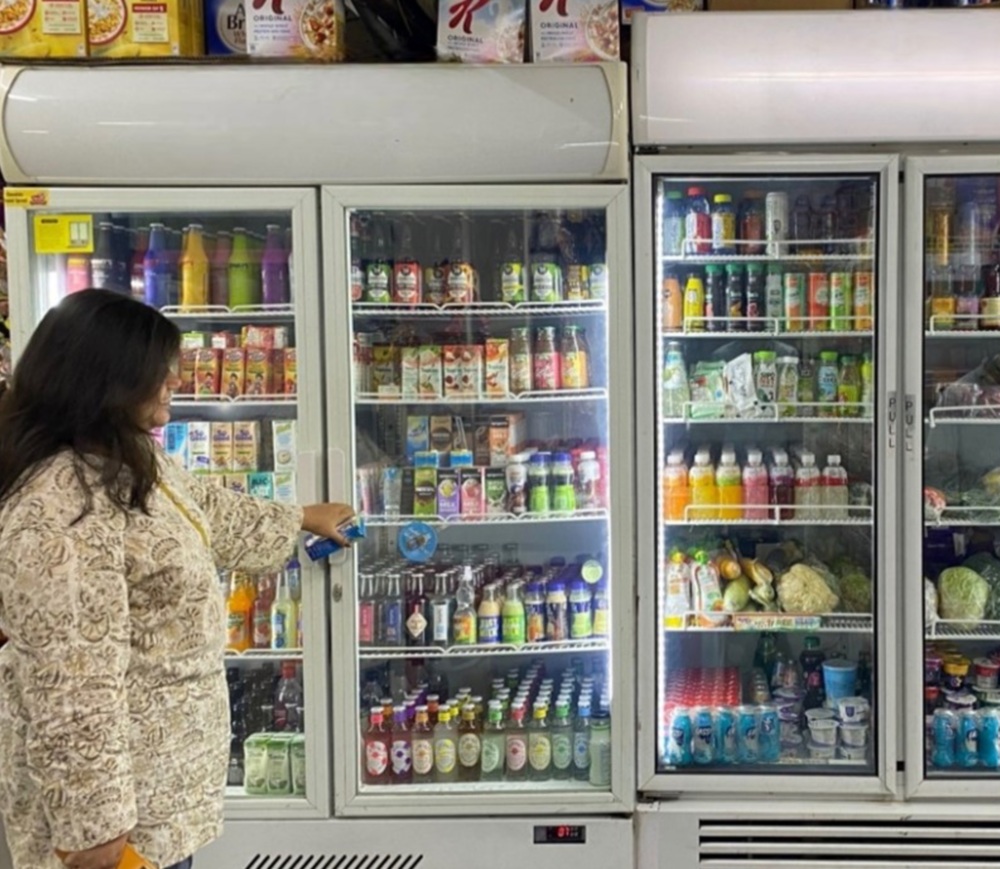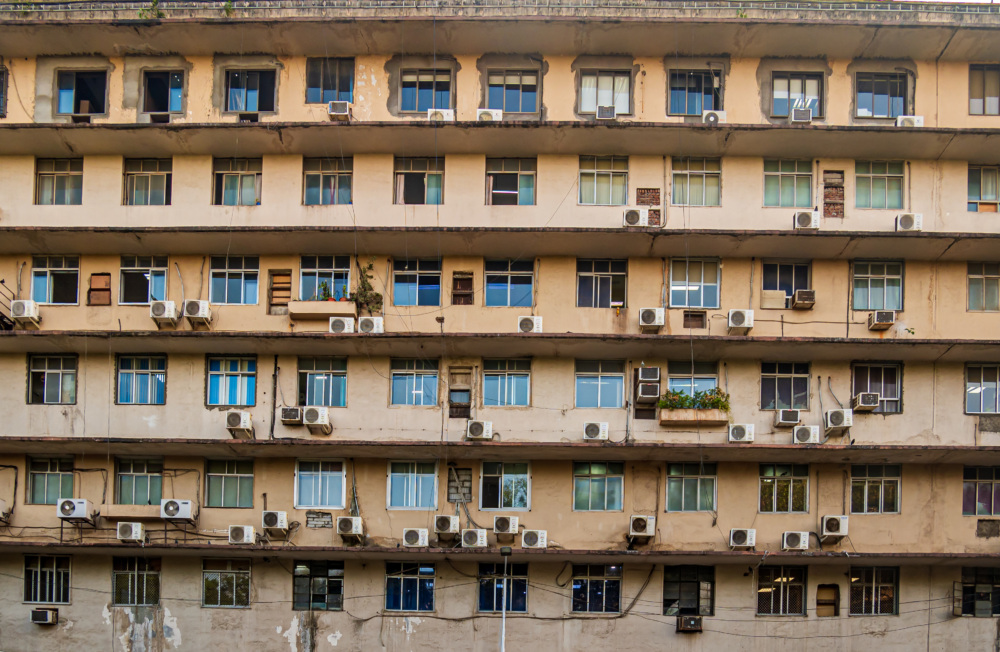CLASP and Navigant Consulting Publish Opportunities for Success and CO₂ Savings from Appliance Energy Efficiency Harmonization
Summary
CLASP published Opportunities for Success and CO₂ Savings from Appliance Energy Efficiency Harmonization.
The study, by Paul Waide, Lloyd Harrington, and Michael Scholand, conducts an extensive investigation of the energy efficiency standards and labeling programs in place in the major economies of China, the European Union, India, Japan, and the US, with a focus on residential, commercial, and industrial appliances and equipment. It documents Minimum Energy Performance Requirements for 24 types of appliances and equipment in these countries and identifies products with the greatest potential for global harmonization. In addition, the study shows that the vast potential for energy and CO₂ savings from upward-oriented harmonization of international S&L regulations would be achieved if the highest existing global regulatory requirements and the best current technology were adopted in the major economies.
According to the study, through global adoption of the best practice in Minimum Energy Performance Requirements, the amount of CO₂ and energy that could be saved by 2030 is:
- 4000 terawatt hours (TWh) of electricity demand (12% of the demand in the sectors addressed); and
- 2600 megatons (Mt) of CO₂ emissions (11% of emissions from the sectors addressed).
From global adoption of the world’s best end-use technology, the annual global savings potential in 2030 could be:
- 11000 TWh of electricity demand (33% of the demand in the sectors addressed); and
- 6700 Mt of CO₂ emissions (28% of the emissions from the sectors addressed).
There are three parts in the study. Part 1 of the study reviews and compares the S&L programs across the major economies. It provides gap analysis of the factors that determine the feasibility of the harmonization and estimates the savings potential of energy and CO₂ from harmonization for each economy.
Part 2 of the study, An Assessment of Test Procedures and Efficiency Metrics, reviews existing energy efficiency test procedures and metrics and compares them in terms of their similarities and prospects for greater harmonization.
Part 3, Country Minimum Energy Performance Regulations of Energy Labeling Schemes, presents descriptions of the leading equipment energy efficiency requirements in place for economies addressed in the study.
In sum, the study shows measurable results and identifies significant opportunities for major economies to address the gap between their economies and the best practice of international energy efficiency standards for various types of equipment and appliances. As the study identifies, the most viable route towards greater harmonization is through the strengthening of global awareness and cooperative actions. The key to success is ensuring that the right information is available at the right decision-making forum at the right time.
Download files:
Part 1: Opportunities for Success and CO₂ Savings from Appliance Energy Efficiency Harmonization
Part 2: An Assessment of Test Procedures and Efficiency Metrics
Part 3: Country Minimum Energy Performance Regulations or Energy Labelling Schemes









